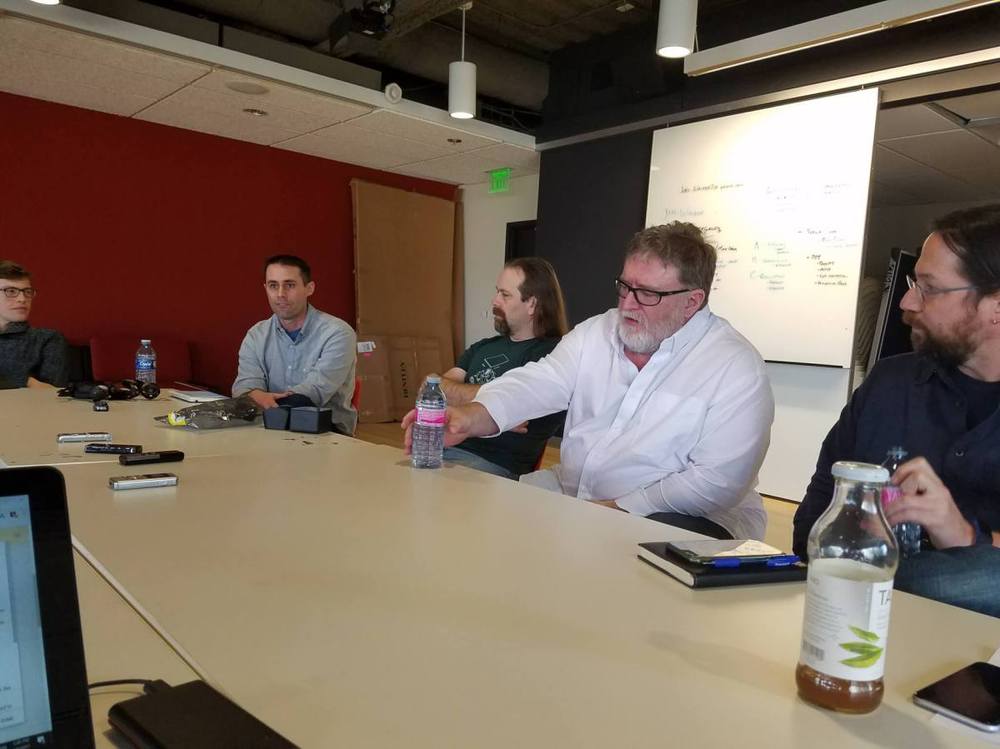Samsung Electronics today announced it will be introducing the first DRAM memory modules in the industry designed with cutting-edge Extreme Ultraviolet Technology (EUV).
One of the world’s leading memory manufacturers, Samsung says that response to a million evaluation units of its first line of 10nm-class DDR4 DRAM modules has been positive and that it will soon begin processing orders for worldwide distribution.
EUV technology allows memory modules to be manufactured more accurately and more quickly. It speeds up the lithography process by reducing the number of repetitive steps and facilitates the production of complex chip patterns. It means greater performance accuracy and a shortened development time.







